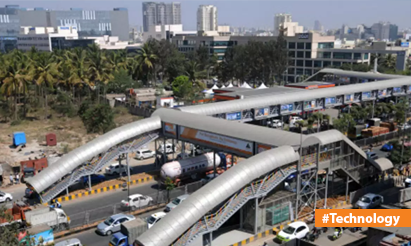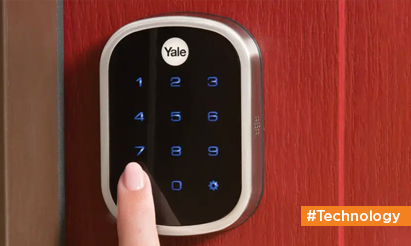How Earthquake Early Warning Systems Keep Us Informed?
Earthquakes are natural disasters that can have devastating consequences, causing loss of life and widespread destruction. While we cannot prevent earthquakes, technology has enabled us to develop earthquake early warning systems that can provide crucial seconds to minutes of advance notice before the shaking begins. In this blog, we will explore the fascinating world of earthquake early warning systems, how they work, and their significance in saving lives and minimizing damage.
1. Seismic Sensors: The First Line of Defense
At the heart of any earthquake early warning system are networks of seismic sensors strategically placed in earthquake-prone regions. These sensors continuously monitor ground motion and detect the initial, less-damaging P-waves (primary waves) generated by an earthquake.
- P-Waves: P-waves are the fastest seismic waves, traveling through the Earth’s crust and arriving before the more destructive S-waves (secondary waves) and surface waves. These sensors are highly sensitive and can detect even the slightest ground movement.
2. Data Transmission and Analysis
Once the seismic sensors detect P-waves, they send this data to a central processing unit, which rapidly analyzes the information to determine the earthquake’s location, depth, and magnitude. This data is crucial for generating accurate early warnings.
3. Alert Generation and Dissemination
If the earthquake’s characteristics suggest that it could pose a significant threat, the system generates an alert. This alert typically includes information such as the estimated time of arrival of the stronger shaking (S-waves and surface waves), its expected intensity, and the affected areas.
- Alert Types: Earthquake early warnings can be classified into two types: public alerts and automated actions. Public alerts are issued to the general population through various communication channels, while automated actions can trigger responses in critical infrastructure systems, such as halting trains, closing gas valves, or opening firehouse doors.
4. Communication to End-Users
The next critical step is the dissemination of the alert to end-users. In many countries, this is achieved through various means, such as smartphone apps, television and radio broadcasts, text messages, and sirens. The goal is to ensure that people receive the warning as quickly as possible, even if they are on the move.
5. Response Time Matters
The effectiveness of earthquake early warning systems depends on the response time. Even a few seconds of warning can make a significant difference in providing people with an opportunity to take protective actions. These actions may include dropping to the ground, taking cover, and holding on during shaking, moving away from windows and heavy objects, and evacuating vulnerable structures.
6. Continuous Improvement
Earthquake early warning systems are continually evolving, with ongoing efforts to improve their accuracy and speed. Research and development focus on enhancing the ability to predict earthquake characteristics and expanding the coverage of sensor networks.
Conclusion
Earthquake early warning systems represent a remarkable intersection of science and technology, offering the potential to save lives and reduce the impact of seismic events. While these systems are not foolproof and may not provide extensive warning for very close earthquakes, they have proven effective in many regions worldwide. As technology advances and more countries implement these systems, we can look forward to even greater preparedness and resilience in the face of seismic hazards.
Disclaimer: The views expressed above are for informational purposes only based on industry reports and related news stories. PropertyPistol does not guarantee the accuracy, completeness, or reliability of the information and shall not be held responsible for any action taken based on the published information.




